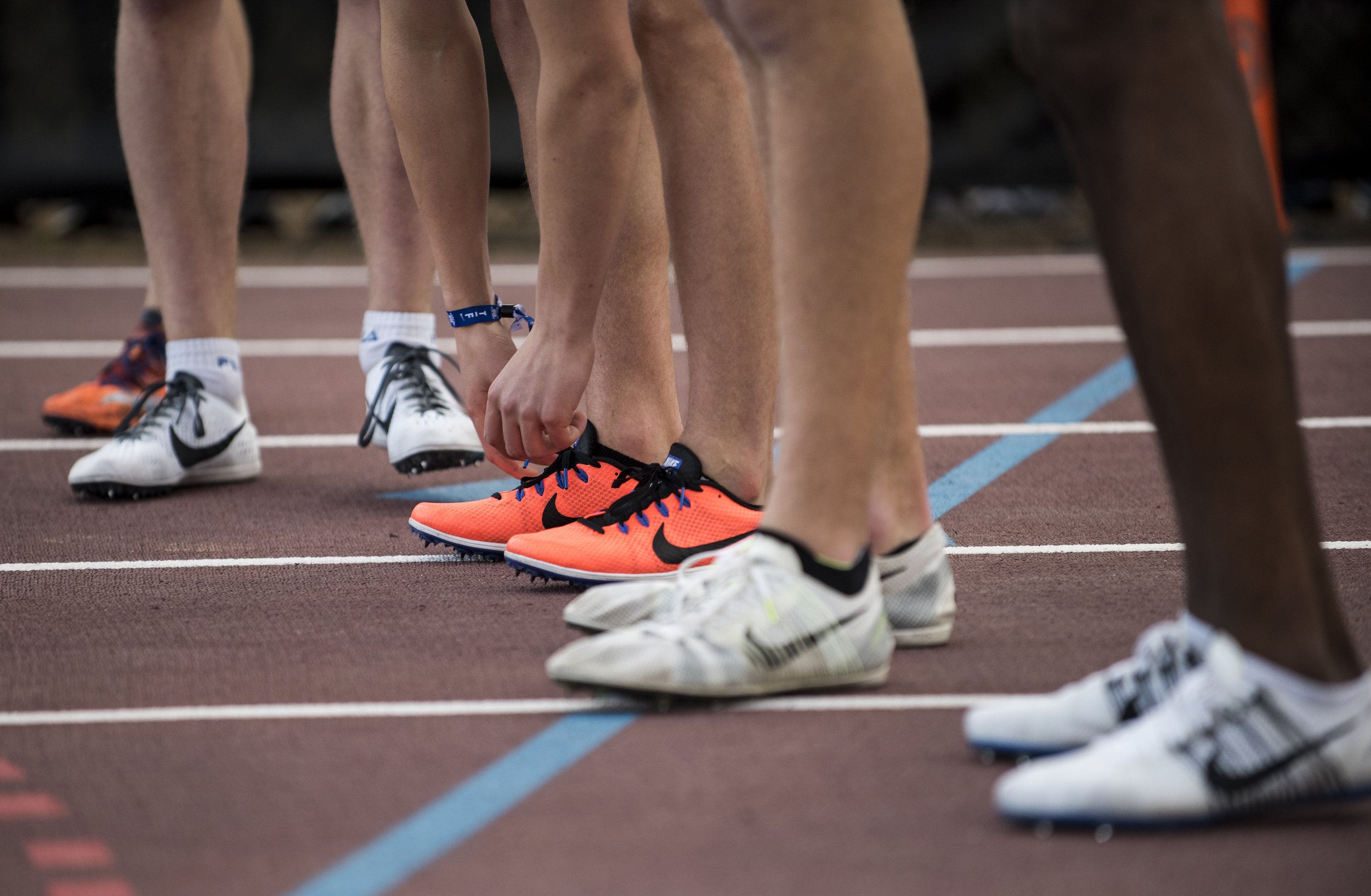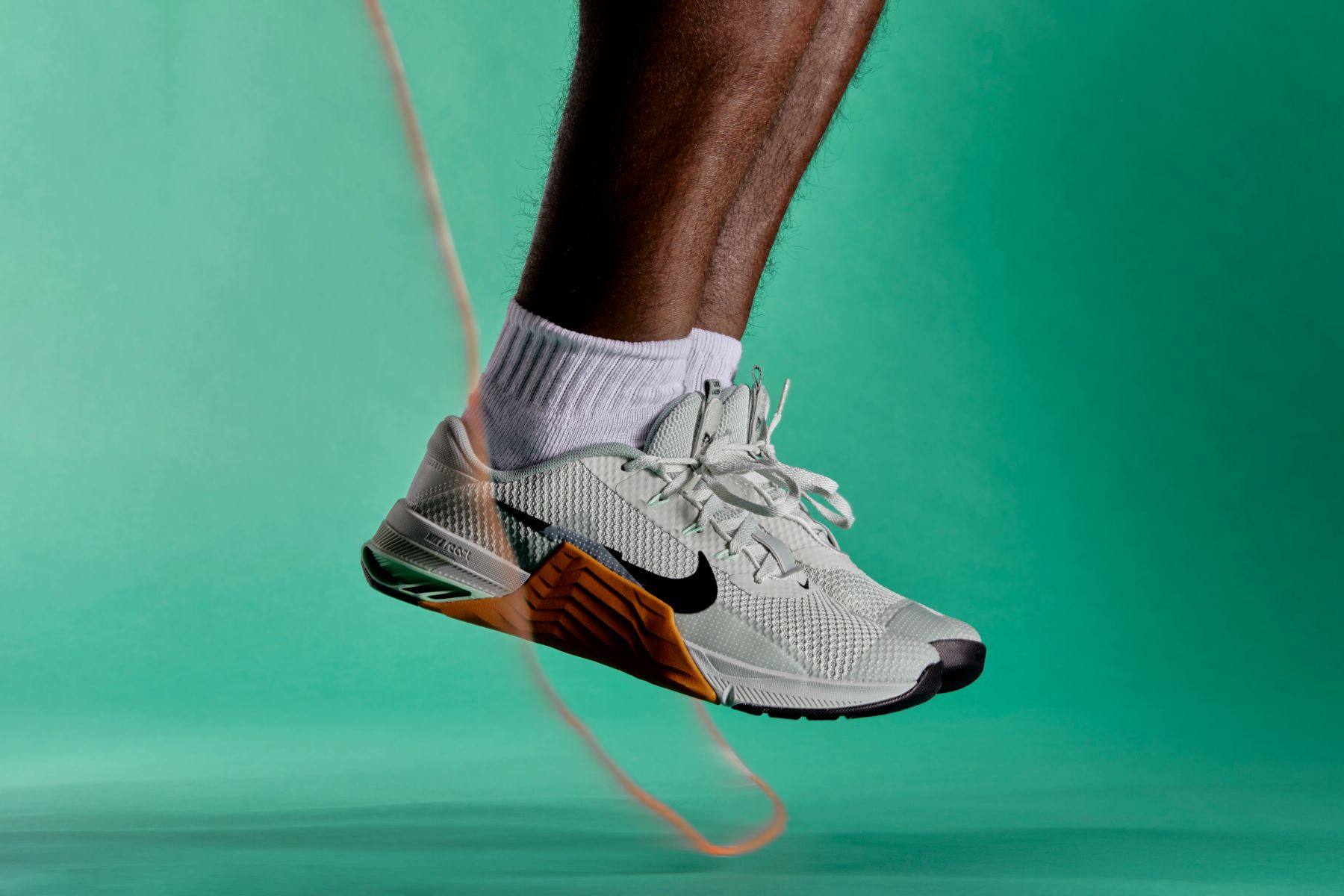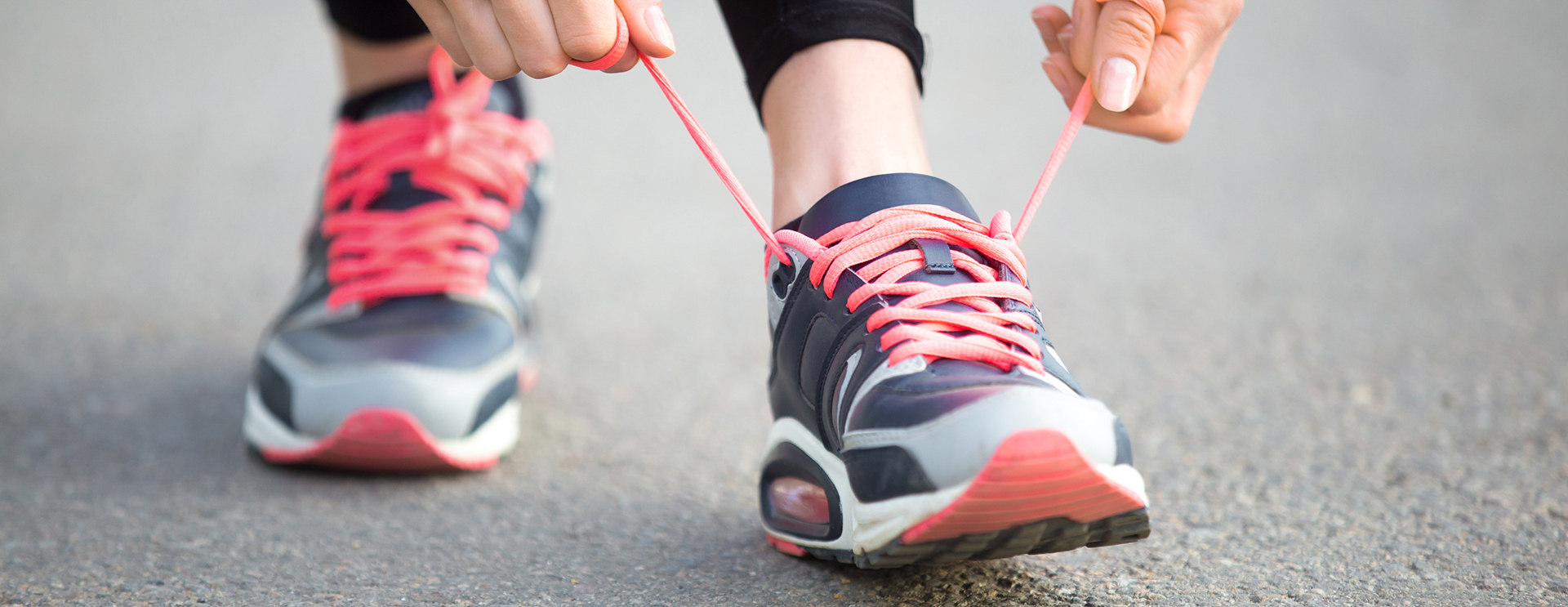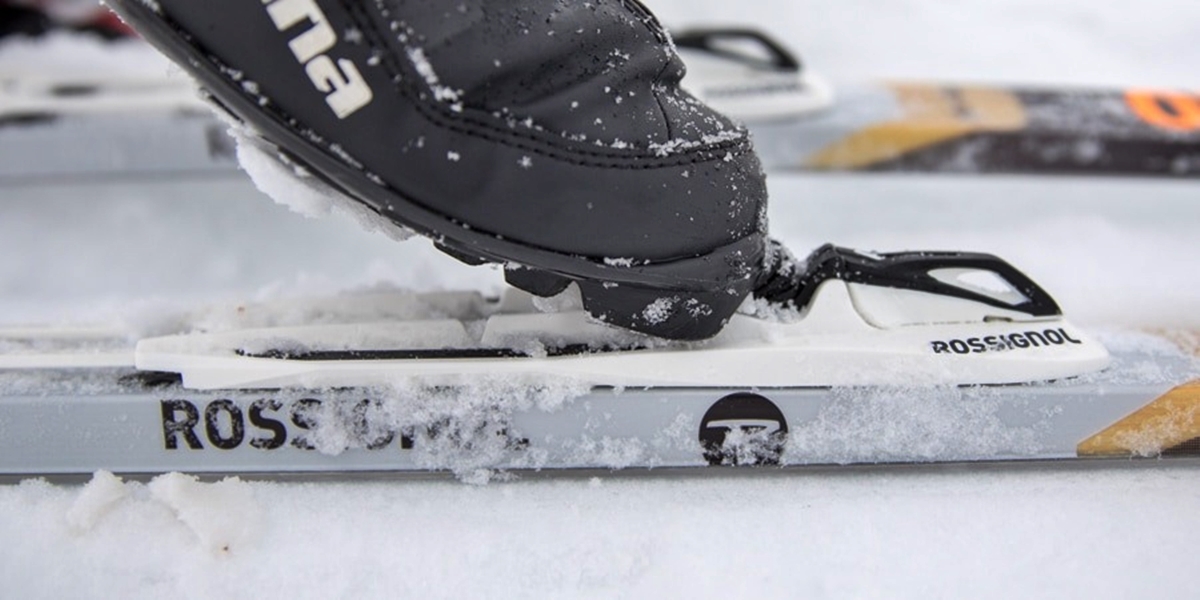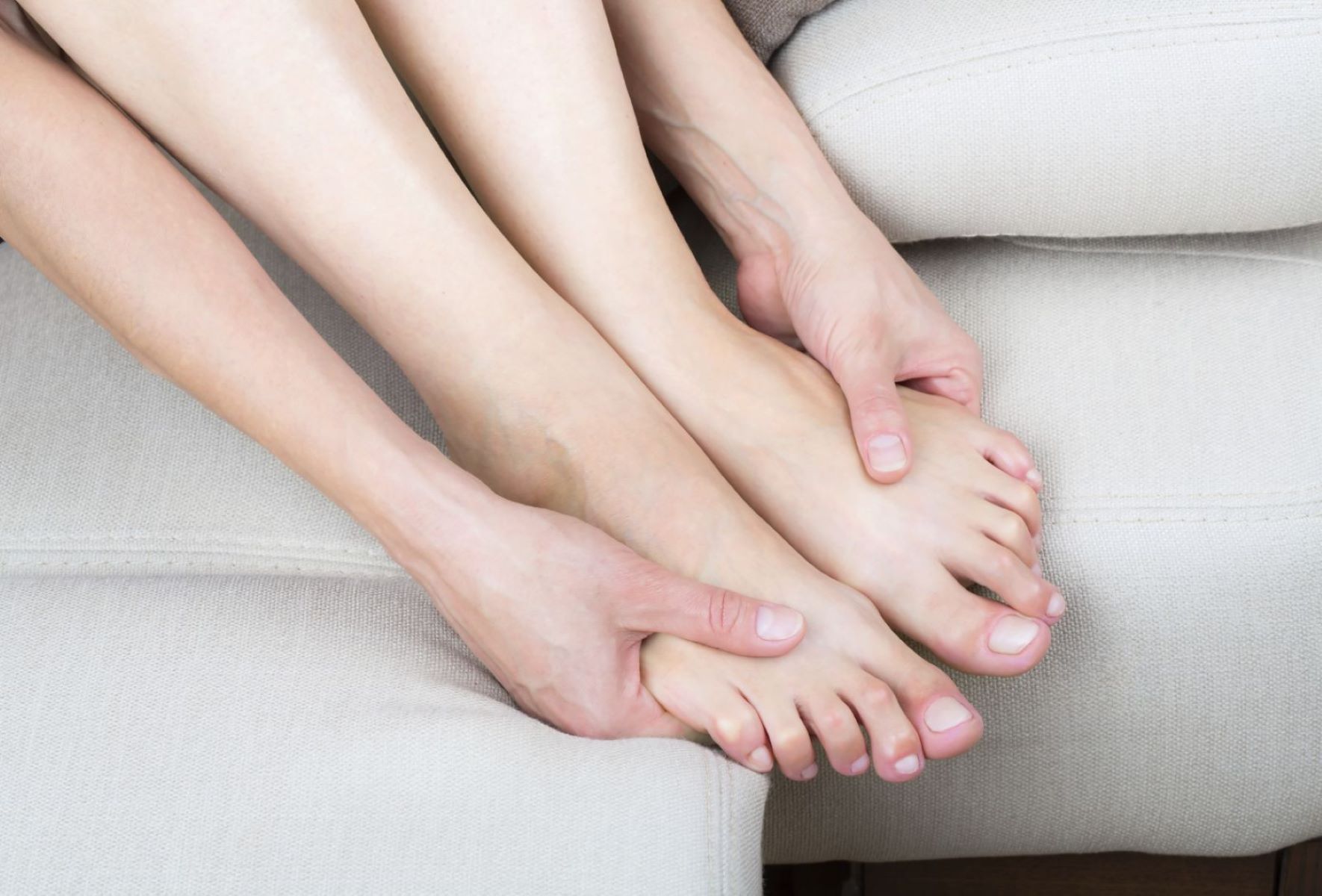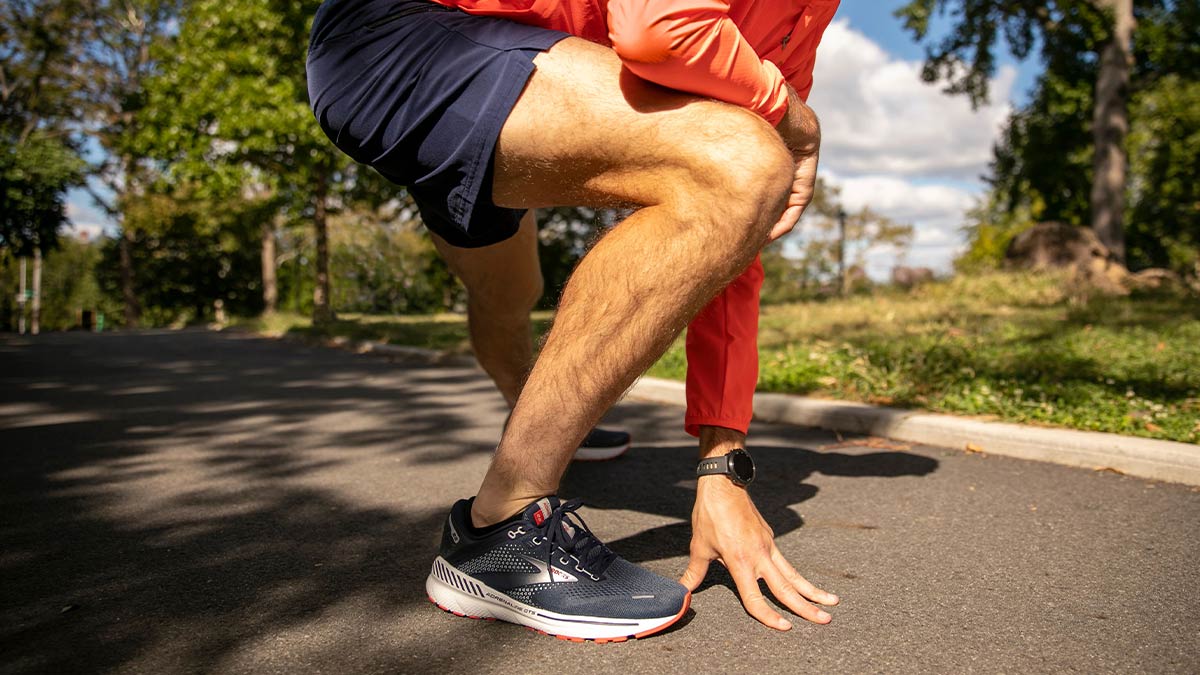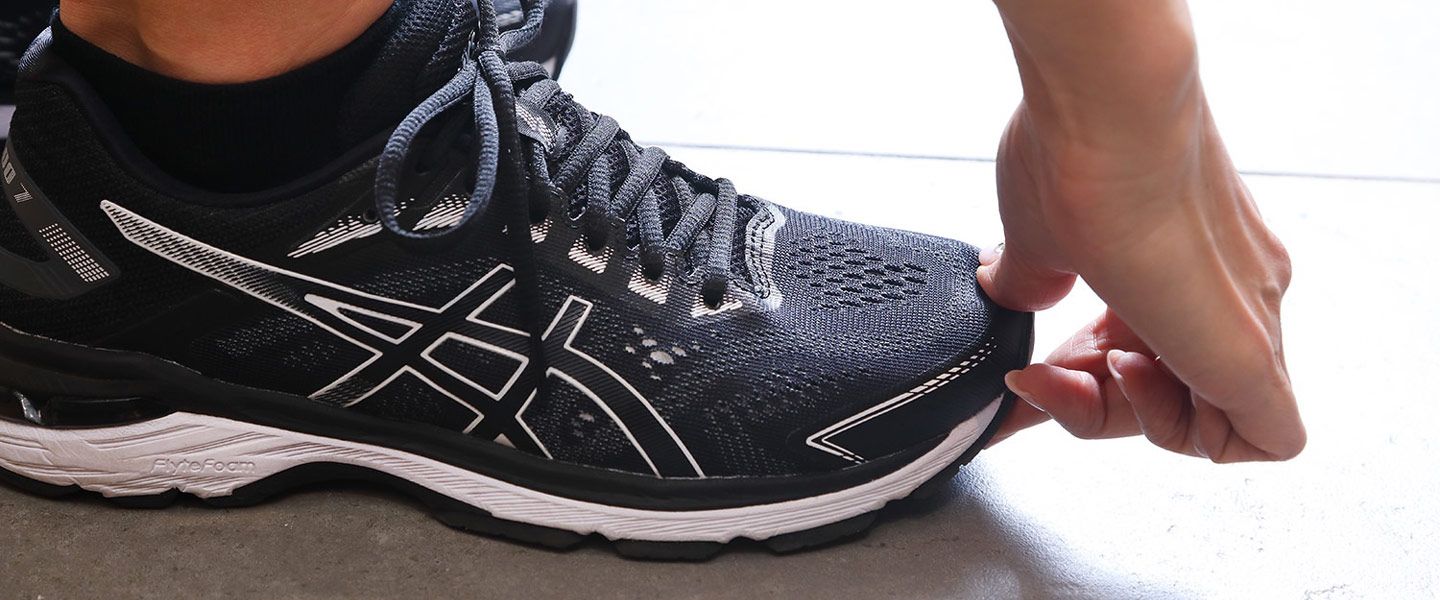

Featured
How To Lace Running Shoes For Numb Toes
Modified: August 22, 2023
Discover the best way to lace your running shoes for numb toes! Get featured tips and techniques to alleviate discomfort and improve your running experience.
Introduction
Are you tired of experiencing numb toes while running? If so, you’re not alone. Many runners face this frustrating and uncomfortable issue, which can interfere with their performance and enjoyment of the activity. Fortunately, there are steps you can take to alleviate this problem, starting with proper lacing techniques for your running shoes.
When it comes to choosing the right running shoes and lacing them correctly, there are a few factors to consider. The goal is to find a balance between providing support and cushioning while ensuring optimal blood circulation to your toes. This article will guide you through understanding the causes of numb toes while running, selecting the right running shoes, and utilizing effective lacing techniques to prevent this issue.
Having numb toes during a run can be caused by various factors, such as tight shoe fit, improper shoe selection, or lacing techniques that restrict blood flow. The good news is that by following the right methods, you can significantly reduce the likelihood of experiencing numbness in your toes.
In order to prevent numb toes, it’s important to choose running shoes that provide a comfortable fit and proper support for your feet. Factors such as the shoe’s width, cushioning, and breathability can all play a role in preventing numbness. Once you have the right shoes, understanding and implementing the correct lacing techniques can make a huge difference.
In the following sections, we will explore the common causes of numb toes while running, the importance of selecting the right running shoes, and a step-by-step guide on lacing your running shoes to alleviate numbness. So let’s dive in and learn how to lace your running shoes for numb toes.
Understanding the issue of numb toes in running shoes
Numbness in the toes while running is a common problem that many athletes experience. It can be a result of various factors, including nerve compression, improper shoe fit, or poor circulation. Understanding the underlying causes can help you address and prevent this issue.
One common cause of numb toes is nerve compression. When your running shoes are too tight or constrictive, they can compress the nerves in your feet, leading to numbness. This can happen if your shoes are too small or if you tie them too tightly, putting pressure on the nerves.
Another factor to consider is the fit of your running shoes. If your shoes are too narrow or small, they can squeeze your toes together and restrict blood flow, causing numbness. On the other hand, if your shoes are too loose, your feet may slide around inside, leading to friction and irritation that can result in numbness.
Poor circulation is also a common culprit of numb toes. During running, blood flows to your muscles and away from your extremities, including your toes. If your shoes are laced too tightly, it can further impede blood circulation, causing numbness. Additionally, certain medical conditions, such as Raynaud’s disease or diabetes, can impair blood flow and increase the likelihood of developing numbness.
It’s important to remember that numb toes can be more than just a temporary discomfort. Prolonged or recurring numbness can be a sign of a more serious issue, such as nerve damage or poor blood circulation. If you consistently experience numbness in your toes while running, it may be wise to consult with a healthcare professional to rule out any underlying conditions.
In the next section, we will discuss the importance of proper lacing techniques for your running shoes. Understanding the right way to lace your shoes can help alleviate numbness and promote better foot health. So let’s explore the significance of lacing techniques and how they can benefit you as a runner.
Importance of proper lacing techniques
Proper lacing techniques are essential for preventing numb toes and enhancing overall foot comfort while running. When you lace your running shoes correctly, you can achieve a snug fit that supports your feet and promotes optimal blood circulation. Here are a few reasons why proper lacing techniques are important:
1. Improved fit: Lacing your shoes properly ensures a secure and comfortable fit. This can help prevent excessive movement of your feet inside the shoes, reducing the risk of friction and irritation that can lead to numbness. A snug fit also promotes stability and control, allowing for better performance and reduced discomfort during your runs.
2. Enhanced support: Different lacing techniques can provide specific support in areas where you need it the most. For example, if you have high arches, using a “lace lock” technique can help secure the midfoot and provide extra support. By customizing the lacing patterns to your foot shape and needs, you can optimize support and reduce the strain on your feet.
3. Optimal blood circulation: Improper lacing can restrict blood flow to your toes, leading to numbness. By using the right lacing techniques, you can ensure adequate blood circulation to your feet, minimizing the chances of numbness and promoting better overall foot health. Proper blood flow delivers essential nutrients and oxygen to your muscles, keeping them functioning optimally during your runs.
4. Adaptability to foot swelling: Your feet can swell during long-distance runs or in hot weather. Having the ability to adjust the tightness of your laces using specific techniques, such as the “heel lock” method, can accommodate foot swelling and prevent discomfort. This adaptability is crucial for maintaining a comfortable fit throughout your run.
5. Prevention of blisters and hot spots: Incorrect lacing can create pressure points and friction that can lead to blisters and hot spots on your feet. By using proper lacing techniques, you can distribute the pressure evenly across your feet, reducing the likelihood of these painful skin irritations. This can make your runs more enjoyable and prevent interruptions in your training.
Overall, proper lacing techniques play a significant role in ensuring a comfortable and supportive fit for your running shoes. By taking the time to learn and implement the correct lacing methods, you can prevent numb toes, reduce discomfort, and enhance your running experience. In the next section, we will explore the common causes of numb toes while running, providing you with valuable insights to address the issue effectively.
Common causes of numb toes while running
Experiencing numb toes while running can be frustrating and uncomfortable. Understanding the common causes can help you identify why this issue is occurring and take steps to address it effectively. Here are some of the most common causes of numb toes while running:
1. Tight shoe fit: Wearing running shoes that are too tight can compress your toes and restrict blood flow, leading to numbness. This can happen if the shoes are too small or if you tie the laces too tightly. It’s important to ensure that your running shoes have enough room for your toes to move comfortably and that they are not excessively restricting your foot’s natural movement.
2. Incorrect shoe size: Wearing running shoes that are either too small or too big can contribute to numbness in your toes. Shoes that are too small can squeeze your toes together, putting pressure on the nerves and blood vessels. On the other hand, shoes that are too big can cause your feet to slide around inside, leading to friction and irritation. It’s crucial to seek the right shoe size that provides a comfortable and secure fit.
3. Improper shoe lacing: The way you lace your running shoes can also contribute to numbness in your toes. If you tie the laces too tightly or use lacing techniques that constrict your foot, it can restrict blood flow and cause numbness. Ensuring that you utilize proper lacing techniques, as we will discuss later in this article, can alleviate this issue.
4. Nerve compression: Numb toes can occur as a result of nerve compression. When running shoes are too tight or constrictive, they can compress the nerves in your feet, leading to numbness. This can be especially common if you have conditions such as Morton’s neuroma, in which the nerves in the ball of your foot become irritated and compressed.
5. Poor circulation: During running, blood flow is directed to your muscles to provide oxygen and nutrients. This can sometimes lead to reduced blood flow to your extremities, including your toes, causing numbness. Factors such as tight shoe fit, improper lacing, or medical conditions like Raynaud’s disease can further impede blood circulation, exacerbating the issue.
By understanding these common causes, you can take steps to address the issue of numb toes while running. In the next section, we will explore how selecting the right running shoes can play a crucial role in preventing numbness and ensuring optimal foot comfort during your runs.
Selecting the right running shoes for preventing numb toes
Choosing the right running shoes is essential for preventing numb toes and ensuring overall foot comfort during your runs. The right shoes can provide the necessary support, proper fit, and cushioning that can help alleviate numbness and promote better foot health. Here are some factors to consider when selecting running shoes to prevent numb toes:
1. Correct shoe size: Ensuring that you have the correct shoe size is crucial. Shoes that are too small can squeeze your toes together and restrict blood flow, causing numbness. Conversely, shoes that are too big can lead to excessive foot movement inside the shoe, which can also contribute to numbness. Measure your feet and try on multiple shoe sizes to find the best fit.
2. Toe box width: Look for running shoes with a wide and spacious toe box. A wider toe box allows your toes to splay naturally, reducing pressure and preventing numbness. It provides an ample amount of space for your toes to move and helps maintain proper blood circulation to the area.
3. Cushioning and shock absorption: Running shoes with adequate cushioning can help absorb shock and reduce the impact on your feet. Opting for shoes with cushioning in the heel and forefoot areas can provide additional comfort and prevent numbness. Look for shoes with responsive midsoles or technologies that offer cushioning without sacrificing stability.
4. Breathability: Running shoes with good breathability can help regulate temperature and reduce moisture buildup, preventing discomfort and potential numbness. Look for shoes made with breathable materials, such as mesh, that allow air to circulate and keep your feet cool and dry during your runs.
5. Arch support: The right level of arch support in your running shoes can help distribute pressure evenly and prevent excessive strain on the nerves and blood vessels. Consider your foot arch type, whether it’s low, medium, or high, and choose shoes that offer the appropriate level of arch support for your needs.
6. Flexibility: Running shoes with an appropriate level of flexibility can ensure that your foot moves naturally with each stride, reducing the risk of nerve compression and numbness. Look for shoes with a flexible sole that provides a comfortable and smooth transition from heel strike to toe-off.
Remember that everyone’s feet are unique, so it’s important to try on different brands and models to find the shoes that best suit your feet and running style. Visit a specialty running store where knowledgeable staff can assist you in finding the right shoes based on your specific needs and preferences.
Now that you have a better understanding of how to select the right running shoes to prevent numb toes, let’s move on to the next section, where we will provide a step-by-step guide on lacing your running shoes to alleviate numbness.
Step-by-step guide on lacing running shoes for numb toes
Lacing your running shoes correctly can make a significant difference in preventing numb toes and ensuring a comfortable fit. Below is a step-by-step guide on how to lace your running shoes to alleviate numbness:
1. Start with a proper fit: Ensure that your running shoes are the correct size and provide enough room for your toes to move freely. This will help eliminate any unnecessary pressure on your toes that can lead to numbness.
2. Loosen the laces: Begin by loosening the laces of your shoes before putting them on. This will allow you to adjust the lacing tension as you go to achieve the optimal fit without excessive pressure on your toes.
3. Toe box lacing: As you start lacing your shoes, pay attention to the tension around the toe box area. Keep this section slightly looser than the rest of the shoe to provide extra room for your toes to move comfortably, reducing the risk of numbness.
4. Alternate lacing: Use an alternate lacing technique, such as the “criss-cross” method. This helps distribute pressure evenly across the top of your foot, reducing the likelihood of numbness. Be sure to tighten the laces snugly, but not overly tight, to provide support without constricting blood flow.
5. Heel lock technique: If your heel tends to slip or if you have high arches, consider using the “heel lock” technique. After crossing the laces and pulling them snugly, feed each lace through the top loop on the opposite side, creating a loop. Then, cross the laces over the top and feed them into the loops of the opposite sides. This creates a secure lock around the heel, preventing excessive movement and potential numbness.
6. Adjust tension as needed: Throughout the lacing process, adjust the tension of the laces to achieve a customized fit that is snug but not overly tight. Pay attention to any areas where you feel discomfort or pressure and make necessary adjustments to alleviate any potential numbness.
7. Test your fit: Once you have finished lacing your shoes, stand up and walk around to test the fit. Your shoes should feel secure and supportive, with enough room for your toes to wiggle comfortably. If you still experience numbness or discomfort, consider re-lacing or adjusting the tension in specific areas.
8. Readjust during your run: It’s important to note that your feet may swell during a long run, which may require you to readjust the laces to provide a comfortable fit. Listen to your body and make necessary adjustments as needed to maintain optimal comfort and prevent numbness.
By following these step-by-step instructions, you can effectively lace your running shoes to help alleviate numbness and promote a comfortable fit. In the next section, we will discuss additional tips and strategies for preventing numb toes during running.
Other tips for preventing numb toes during running
In addition to lacing your running shoes properly, there are other strategies you can implement to prevent numb toes and ensure a comfortable running experience. Consider the following tips:
1. Regularly check your shoe fit: Feet can change over time, so it’s important to regularly assess the fit of your running shoes. As you put more mileage on your shoes, the cushioning may compress, and the shoes may stretch or wear out. Make sure to replace your shoes when necessary to maintain proper support and prevent numbness.
2. Wear moisture-wicking socks: Moisture-wicking socks can help keep your feet dry and comfortable during your runs. Moisture buildup can contribute to discomfort and potentially lead to numbness. Look for socks made from synthetic materials that can effectively wick away sweat and moisture from your feet.
3. Gradually break in new shoes: When you get a new pair of running shoes, take the time to gradually break them in. Gradually increase your mileage in the new shoes to allow your feet to adjust. This can reduce the risk of discomfort, blisters, and numbness that can occur when wearing brand-new shoes.
4. Warm up before running: Perform a dynamic warm-up routine before your runs to improve blood flow and warm up your muscles. This can help promote better circulation to your feet and reduce the likelihood of experiencing numbness during your run.
5. Strengthen your feet: Incorporate exercises to strengthen your foot muscles into your training routine. Strong foot muscles can better support your arches and promote proper alignment, reducing the risk of nerve compression and numbness.
6. Consider custom orthotics: If you have specific foot issues or need additional support, consult with a podiatrist or a professional shoe fitting specialist who can assess your feet and recommend custom orthotics. Custom orthotics can provide personalized support and cushioning to address any foot issues and reduce the risk of numbness.
7. Listen to your body: Pay attention to any discomfort or numbness in your feet during your runs. If you start to feel numbness, take a break, loosen your shoe laces, and walk for a while to allow blood flow to your feet. If the numbness persists or becomes a recurring issue, consult with a healthcare professional to rule out any underlying conditions.
By implementing these additional tips, you can further prevent numb toes during running and ensure a more enjoyable and comfortable running experience. Next, we will conclude this article with a summary of the key points discussed.
Conclusion
Experiencing numb toes while running can be both frustrating and uncomfortable. However, by understanding the causes of numbness and implementing the right strategies, you can prevent this issue and enjoy a more comfortable and enjoyable running experience.
Starting with selecting the right running shoes, proper fit and features such as a wide toe box, cushioning, and breathability are crucial to preventing numbness. Additionally, mastering the art of lacing your shoes correctly can make a significant difference. Utilizing techniques like the alternate lacing method and the heel lock can ensure a snug and supportive fit while allowing for optimal blood circulation.
Remember to regularly assess your shoe fit, wear moisture-wicking socks, and gradually break in new shoes to further prevent numb toes. Strengthening your foot muscles, considering custom orthotics, and listening to your body are also essential in maintaining foot comfort and minimizing the risk of numbness.
If you continue to experience numb toes despite implementing these strategies, it is advisable to consult with a healthcare professional or a running specialist who can provide further guidance and evaluate any underlying issues.
By being proactive and attentive to your foot health, you can overcome the challenge of numb toes and enjoy your runs to the fullest. So lace up your running shoes, apply these tips, and embark on your next run with confidence, knowing that you’re taking steps to keep your feet happy, comfortable, and free of numbness.

